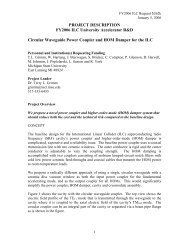order denying motions to suppress and dismiss - University of Illinois ...
order denying motions to suppress and dismiss - University of Illinois ...
order denying motions to suppress and dismiss - University of Illinois ...
- No tags were found...
You also want an ePaper? Increase the reach of your titles
YUMPU automatically turns print PDFs into web optimized ePapers that Google loves.
1<br />
2<br />
3<br />
4<br />
5<br />
6<br />
7<br />
8<br />
9<br />
10<br />
11<br />
12<br />
13<br />
14<br />
15<br />
16<br />
17<br />
18<br />
19<br />
20<br />
21<br />
22<br />
23<br />
24<br />
25<br />
26<br />
27<br />
28<br />
particularly when the boxes were not clearly marked as belonging <strong>to</strong> the tenants <strong>of</strong><br />
Suite 8B as their personal <strong>and</strong> business effects, <strong>and</strong> there were no lids on many <strong>of</strong><br />
the boxes. The court, however, finds credible the testimony <strong>of</strong> the Secret Service<br />
agents that they did not examine the contents <strong>of</strong> the boxes in the hallway on March<br />
5<br />
24, 2005.<br />
Had the agents examined the contents, <strong>and</strong> assuming the Defendants had a<br />
reasonable expectation <strong>of</strong> privacy in the contents as their personal or business<br />
effects, a warrantless Fourth Amendment search <strong>of</strong> those contents would have<br />
been justified based on the “plain view” exception. The plain view exception<br />
requires that: (1) the initial intrusion must be lawful; <strong>and</strong> (2) the incrimina<strong>to</strong>ry<br />
nature <strong>of</strong> the evidence must be immediately apparent <strong>to</strong> the <strong>of</strong>ficer. United States<br />
th<br />
v. Garcia, 205 F.3d 1182, 1187 (9 Cir.), cert. denied, 531 U.S. 856 (2000). See<br />
th<br />
also United States v. Bradley, 321 F.3d 1212, 1214-15 (9 Cir. 2003)(observations<br />
<strong>of</strong> contrab<strong>and</strong> inside residence when police executed warrantless entry <strong>to</strong> check on<br />
safety <strong>of</strong> nine-year old could be used <strong>to</strong> support search warrant application<br />
because items were in plain view). As there was no reasonable expectation <strong>of</strong><br />
privacy in the hallway, the agents’ “intrusion” in<strong>to</strong> the hallway was lawful.<br />
Furthermore, the court finds credible the testimony <strong>of</strong> Agents Neirinckx <strong>and</strong> Ross<br />
that plainly visible <strong>to</strong> them in the boxes were files or folders with information<br />
written on the headings including “AEIT” <strong>and</strong> “A+ Institute.” The incrimina<strong>to</strong>ry<br />
nature <strong>of</strong> this evidence would have been immediately apparent <strong>to</strong> the agents so as<br />
5<br />
Defendants maintain there were lids on the boxes <strong>and</strong> that the agents must<br />
have gone through the boxes <strong>to</strong> know that computer disks were contained therein,<br />
items which in the March 29 application for a search warrant were specifically<br />
listed as items <strong>to</strong> be seized. Pictures taken on the scene clearly suggest that few, if<br />
any, <strong>of</strong> the boxes were secured with lids, <strong>and</strong> that files were placed in such a<br />
fashion that computer disks, as well as papers <strong>and</strong> records, would have easily been<br />
visible in at least some <strong>of</strong> the boxes even before they were moved.<br />
ORDER DENYING MOTIONS<br />
TO SUPPRESS AND DISMISS - 8


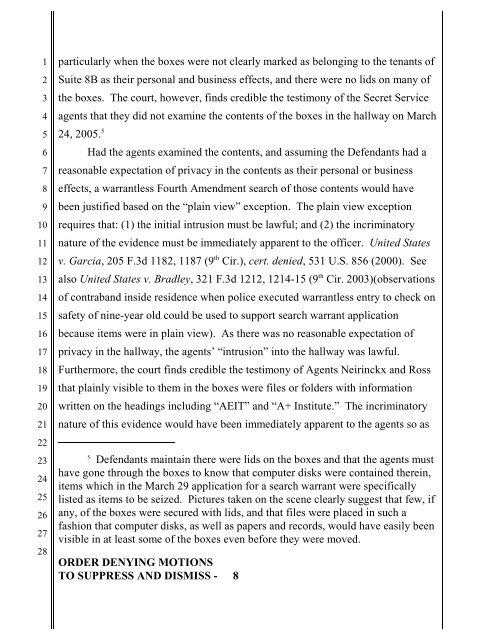
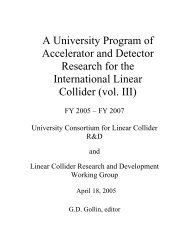
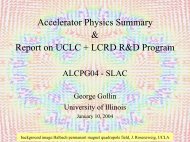
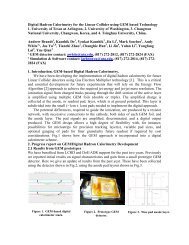
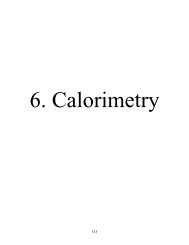

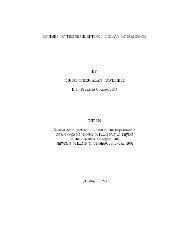
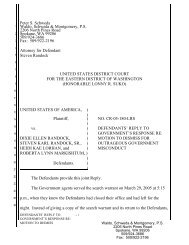
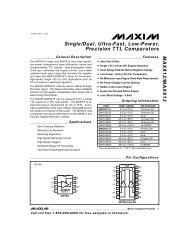
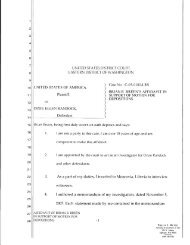
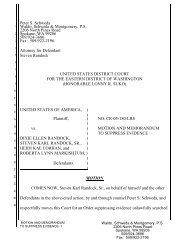
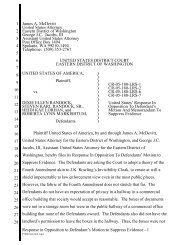
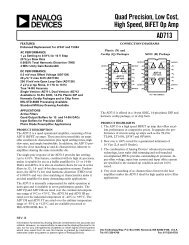
![Linear Collider [Accelerator] Overview](https://img.yumpu.com/33867705/1/190x143/linear-collider-accelerator-overview.jpg?quality=85)
